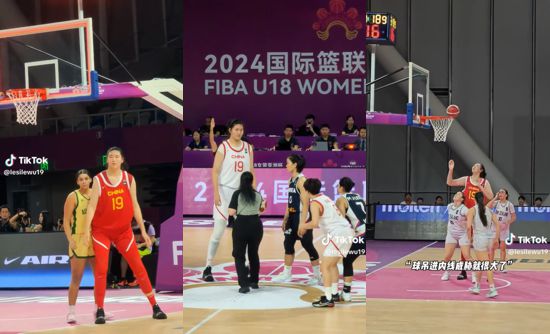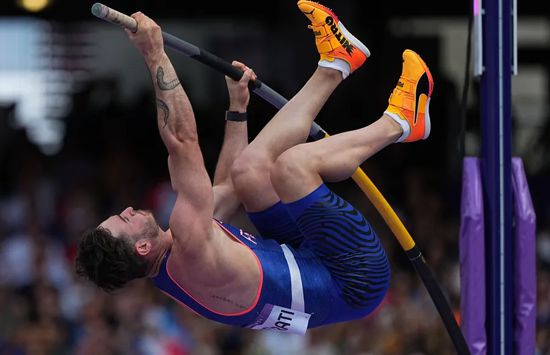Porn Discounts Sex Games Porn Games Juegos XXX Hentai Games PornStar Games 3D Porn Tantaly Sex Doll Cupsland Sextoy Live Cams
Live Sex Free Live Sex Free Sex Games Páginas Porno Rose Toy Free OnlyFans Celebrity Fappening Celebrity Sex Videos TikTok Porn Best OnlyFans
Live Sex Free Live Sex Free Sex Games Páginas Porno Rose Toy Free OnlyFans Celebrity Fappening Celebrity Sex Videos TikTok Porn Best OnlyFans
Published on 2018/06/06
LET'S GO TO THE GYM

walter:
We haven't gone to the gym for some days. So bad. It can't be. We need to be constant... So, prepare your bag and let's to go the gym.

ExtraBall
Be careful when pushing.
SHOOTING THE GOALKEEPER IN THE LEG
During a second division football match in Brazil between Gremio Anapolis and Centro Oeste, a bizarre incident occurred when a police officer shot the local team's goalkeeper, Ramon Souza, in the leg with a rubber bullet. The conflict erupted after Centro Oeste secured a 1-2 victory, leading to a brawl between players from both teams. Despite police orders to stand down, Souza refused to back away and even made threatening gestures towards an officer, which led to the shot being fired. The goalkeeper was treated on the field before being taken to the hospital in an ambulance. The Brazilian police have launched an investigation into the incident, and Gremio Anapolis has expressed outrage over the use of force.

# Watch videos
ExtraBall by david
The slow motion of the day.
ExtraBall2
(Clicking on these links daily you support ALRNCN's work. They're collaborators or sponsors and, by visiting their sites, they like us even more)










WITH BASKETBALL PLAYER ZHANG ZIYU, CHINA WILL KEEP WINNING
The Chinese women's basketball team could win everything in the coming years. The reason is Zhang Ziyu, born on May 1, 2007. She has already been named the most valuable player of the FIBA Under-18 Women's Asia Cup 2024, thanks to her height. Zhang is 221 centimeters tall, and on a court with shorter women, it is very easy for her to score.

# Watch videos
ExtraBall
France 1960
France 2024
ExtraBall2
(Clicking on these links daily you support ALRNCN's work. They're collaborators or sponsors and, by visiting their sites, they like us even more)

























RECOMMENDED SITES
 Add your site
Add your site
- Motherless
- mybigtitsbabes
- BoobieBlog
- Babes & Bitches
- celeb-stalker.com
- Erotic Beauties
- drunkenstepfather
- Candid Teens
- Kanoni Net
 Add your site
Add your sitePorn Discount
💩 CrazyShit
🤪 eFukt
NudeChatGirls
👉🍑 Top XXX Pictures
Bingo Porno
Best Porn Blog Sites
Sex Games
Real Amateur Porn
MrPornGeek
CamBB.xxx
ChatSex.xxx
Comepollas
PornScn Free Porno
AI Girlfriend App

















POLE VAULTING IN PARIS 2K24
Pole vaulting is a sport that only interests the participants and their mothers—unless it gives us standout moments like those from the Frenchman Anthony Ammirati and the Estonian Tilga Karel.

# Watch videos
ExtraBall
The slow-mo of the day.
ExtraBall2
(Clicking on these links daily you support ALRNCN's work. They're collaborators or sponsors and, by visiting their sites, they like us even more)












UNBREAKABLE
david
In karate exhibitions, breaking boards might seem like a skill reserved for martial arts masters, but there are actually a few tricks behind it. They don’t just use any random plank; the wood is dry, with aligned grain that makes it easier to break, and some even have subtle pre-cuts. The key isn’t brute force but technique: striking with precision, speed, and following through without hesitation. Plus, the board is positioned in a way that concentrates the impact energy at the exact breaking point.
I have no idea what they were using in the next video, but the participants' experience was anything but smooth—more like painful and embarrassing.

# Watch video
ExtraBall
Justice League 2.
ExtraBall2
(Clicking on these links daily you support ALRNCN's work. They're collaborators or sponsors and, by visiting their sites, they like us even more)











Contact
You can tell us whatever you want via email: [email protected]
If you prefer, you can use this contact form:
If you prefer, you can use this contact form:






CITIUS, ALTIUS, FORTIUS
In Ancient Greece, women were strictly forbidden from participating in the Olympic Games—not as athletes, nor as spectators, except in rare cases. Only unmarried young women were allowed to watch, while married women weren’t even permitted near the stadium. However, they didn’t just stand by; instead, they created their own competition, the Heraean Games, held in honor of the goddess Hera, where they showcased their athletic abilities in foot races.
It wasn’t until the 1900 Paris Olympics that women were finally allowed to compete, but only in a few sports like tennis and golf, and they made up less than 3% of the athletes.
Times have changed, and by the Tokyo 2020 Games, nearly 50% of the participants were women.

# View Images
ExtraBall by ariel
Bless you!
ExtraBall2
(Clicking on these links daily you support ALRNCN's work. They're collaborators or sponsors and, by visiting their sites, they like us even more)










PAUL PFEIFFER. CARYATID
Paul Pfeiffer is a contemporary American artist, born in 1966, known for his innovative work in video, photography, and sculpture. His art often explores popular culture and media, manipulating images to question how we perceive and consume visual content in today’s society.
In his Caryatid series, Pfeiffer uses footage from sporting events to delve into themes of vulnerability and societal pressure on athletes. In the pieces focused on boxing, Pfeiffer digitally removes the opponent, leaving the boxer alone in the ring.
The absence of the adversary creates the illusion that the boxer is being hit by an invisible force, highlighting the loneliness and symbolic weight these athletes bear, both physically and emotionally. This approach encourages reflection on how athletes, much like caryatids in classical architecture, bear the weight of society’s expectations and projections.
Through these manipulations, Pfeiffer transforms fight scenes into visual meditations on human fragility and media pressure, reinterpreting the sports spectacle as a symbolically charged act.

# View photos and videos
ExtraBall
Somersault.
ExtraBall2
(Clicking on these links daily you support ALRNCN's work. They're collaborators or sponsors and, by visiting their sites, they like us even more)































